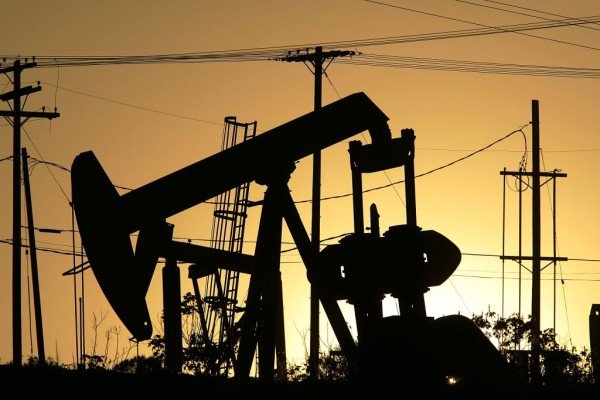Is Oil’s COVID Roller-Coaster Over?

Before the worldwide COVID virus pandemic hit in early 2020, retail gasoline prices were already relatively low compared to the prior four years. But once the historically unique economic impact of the virus sank in, the cost of a gallon of fuel dropped by about 50 percent for most consumers. Plus, that entire and massive plunge in value took place within a four-week window of time. Necessity of the mother of invention, as the old saying goes. In this case, millions of individual investors started thinking about investment opportunities in oil, assuming COVID wouldn’t last forever and that per-gallon costs would eventually bounce back.
It’s important for every investor to understand the way the health crisis affect the fuel market, who some of the key players are, how the overall economic shutdown is continuing to change the world, and what at the pump prices are likely to do in the near future. The good news for people who wish to turn a crisis into an opportunity is that oil prices still have room to rise before they’re back at pre-crisis levels. Anyone who wants to know how to buy crude oil should consider such diverse methods as ETFs (exchange-traded funds), corporate stocks, futures, options, and CFDs (contracts for difference).
The COVID Effect on Recent Prices
Why did a worldwide virus lead to a huge drop in the price of crude, and by extension, gasoline? The primary factor was economic shutdown, which took place in most developing and developed nations. With millions of people either not working or doing their jobs from home, there was a gigantic drop in the need for vehicle fuel, which meant an over-supply situation. Like a 1,000-pound boulder in a pond, the value of the world’s most preferred fossil fuel sank about 50 percent within a couple of weeks.
The Iran Effect
Political turmoil in producer nations can lead to unusual changes in the energy markets, as the recent Iranian situation clearly demonstrates. After the U.S. pulled out of a large international coalition and decided to impose trading sanctions on Iran, the market reacted quickly, anticipating a possible oil shortage if Iran decides to cut production in retaliation for the U.S. move. For at least 30 years, the volatile leadership in Iran has wreaked havoc on the worldwide energy markets, which is one reason investors always keep a close eye on that nation’s financial news.
OPEC+ and Russia
There has been a recent change at the top of the global energy-producing hierarchy. For decades, Saudi Arabia, as the leading member of OPEC (the Organization of Petroleum Exporting Countries), was in near-total control of international supply. However, OPEC is now only number three in a trio of the globe’s top petroleum producers, which includes the U.S. at the top and Russia in the second spot. But investors should remember that OPEC still has a lot of power because its members act in unison, while U.S. and Russian producers do not.
The Economic Shutdown
In the second half of 2019, the per-barrel cost of crude petroleum sat at about the $55 mark. Now that the virus effect is slowing, that $55 level is still about $12 above the current $43 cost. That’s good news for anyone who still wants to take part in what could be a rise back to the normal, or at least pre-crisis values.
Prices at the Gas Pump
For consumers who worry about their monthly transportation budgets, there is an upside and a downside. As the national and world economies rebound and employment numbers get back to financially healthy levels, the price of petrol at the pump is also going back to its 2019 averages, slowly but surely.
For Investors to Consider
Before heading to your favorite trading platform to place orders for fuel-based CFDs, futures, and industry stock shares, consider some key facts about recent price activity and industry behavior, including the following:
- Since 2014, the price, in U.S. dollars, of a barrel of crude oil dropped from $104 to $30.
- The huge fall in per-barrel values were only partly due to COVID-related factors.
- The new trio of top producers, the U.S., Russia, and OPEC are the predominant influencers behind global production and supply.
- When the world economy is doing well, per-barrel prices usually go up due to increased industrial demand.
- Natural disasters like hurricanes, floods, and earthquakes can have profound temporary effects on the industry.
- At-the-pump costs for consumers are affected by at least a half-dozen factors, including retail demand, inflation, supplies, economic headlines in producing countries, and political turmoil. That makes it difficult to predict future market behavior.
